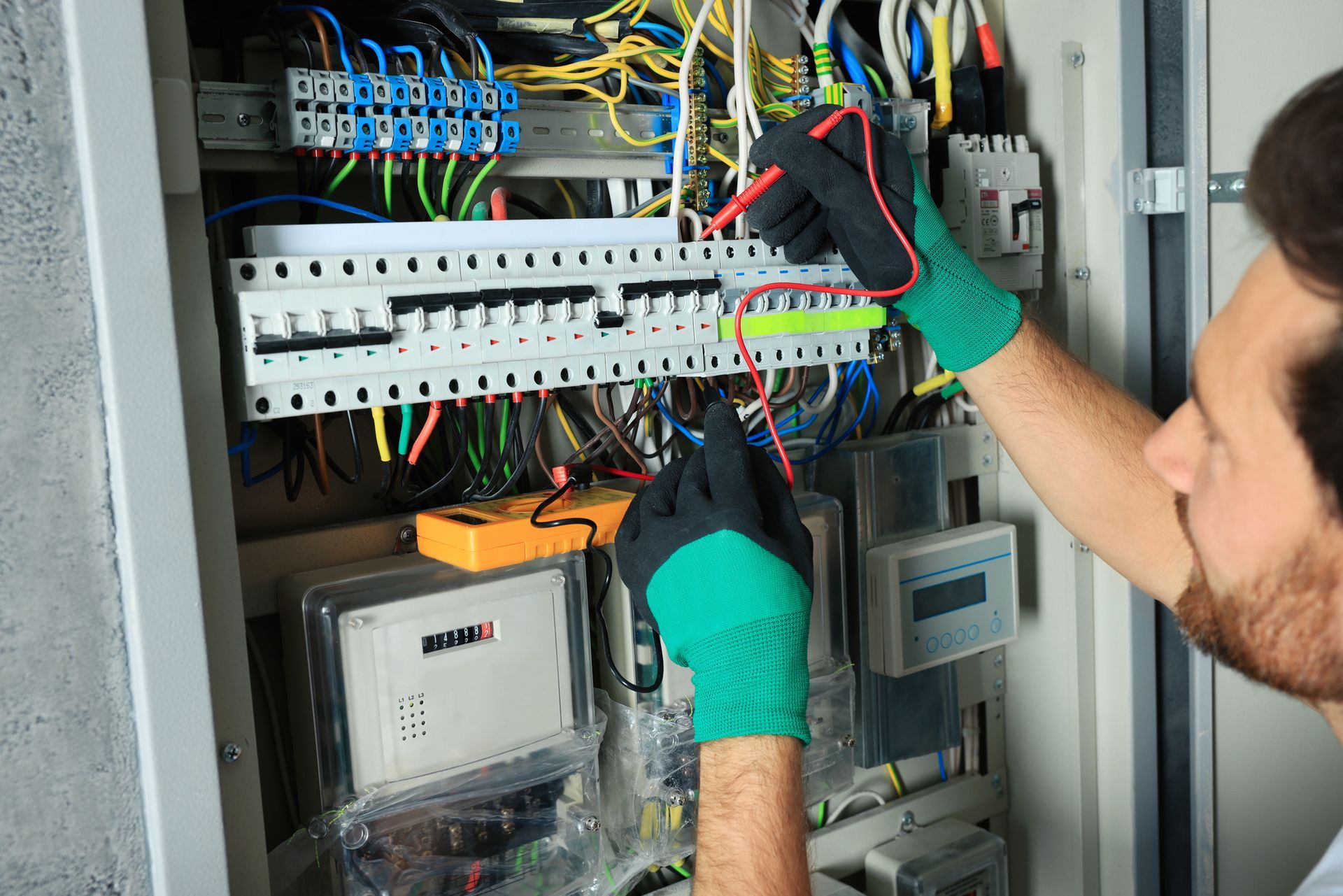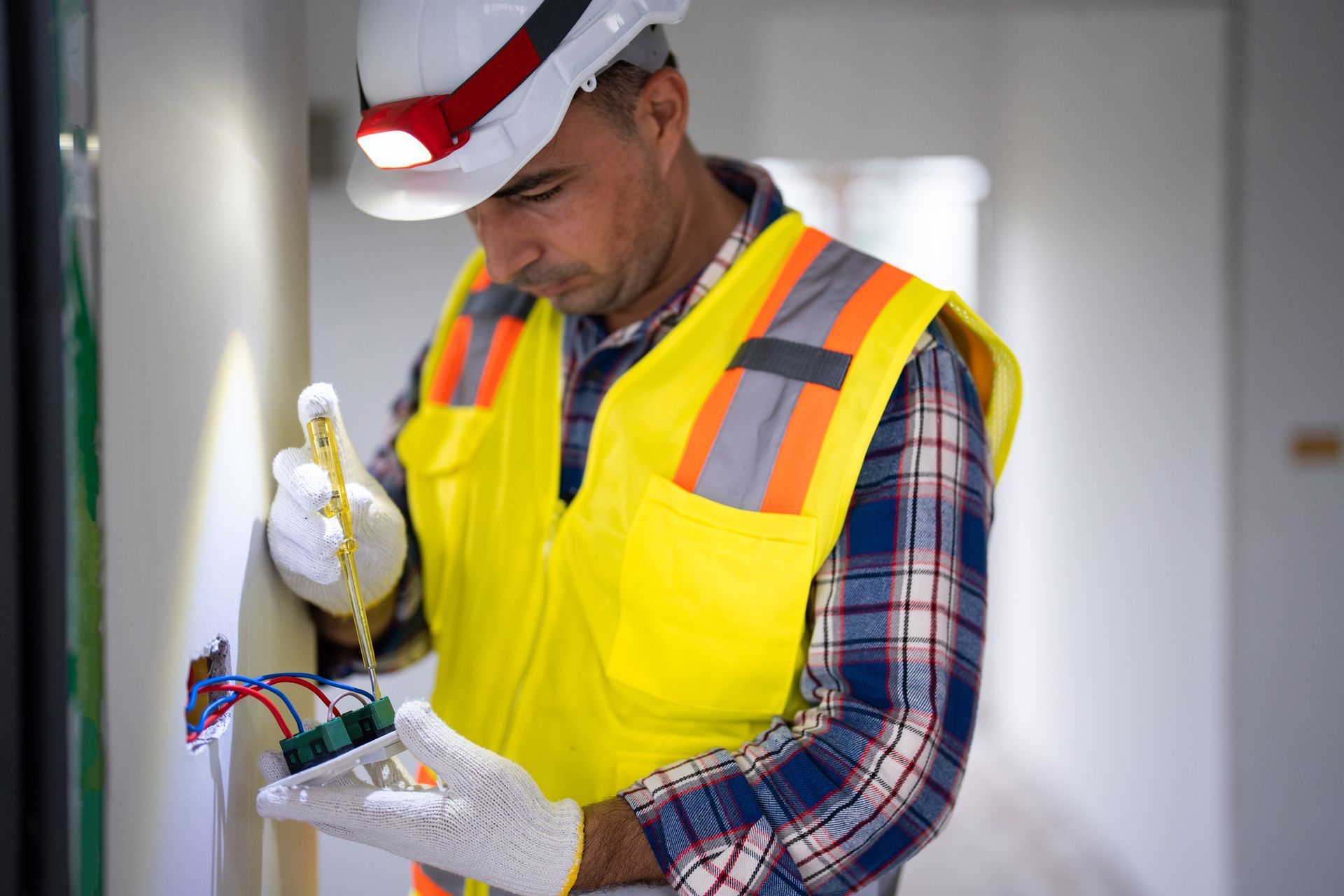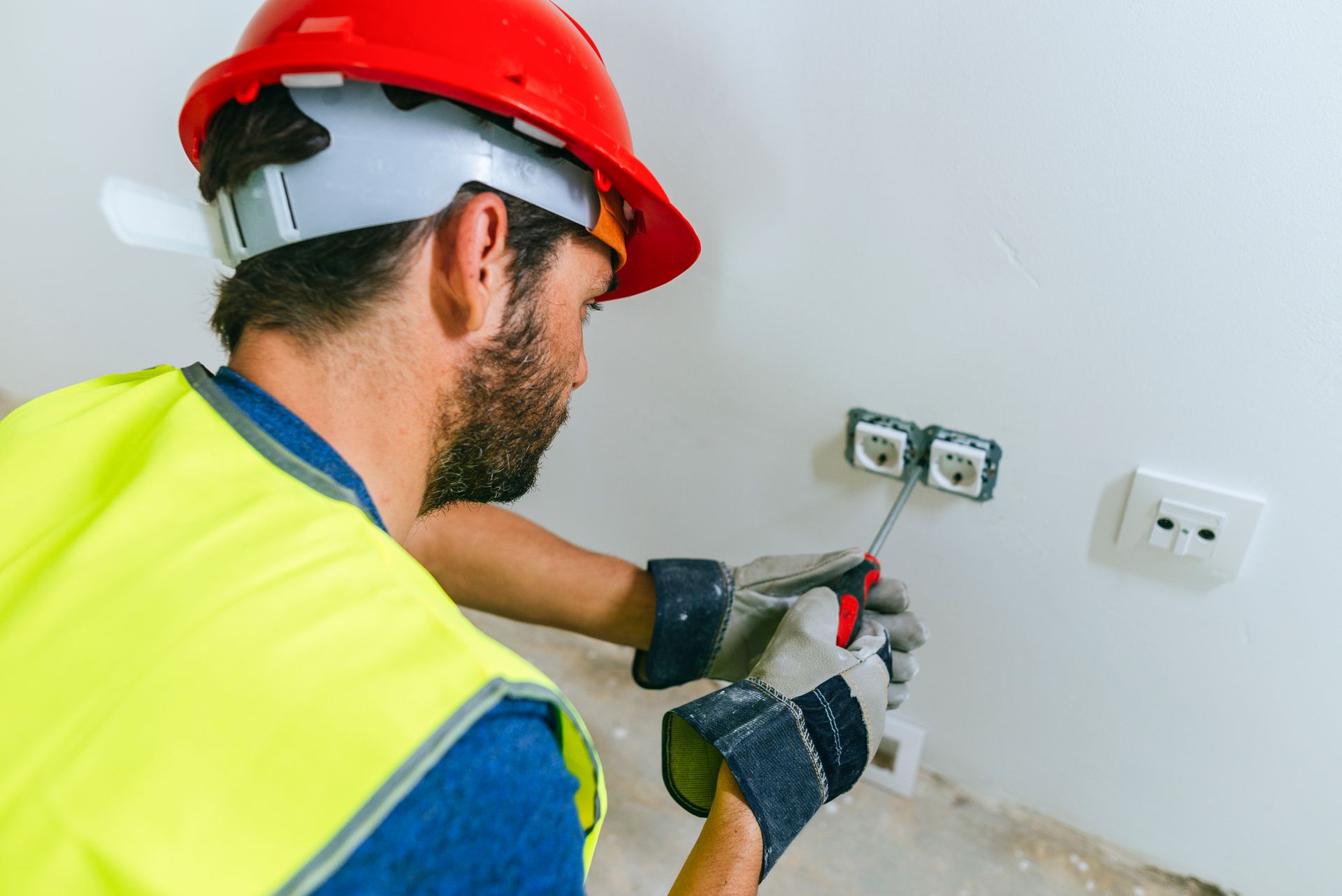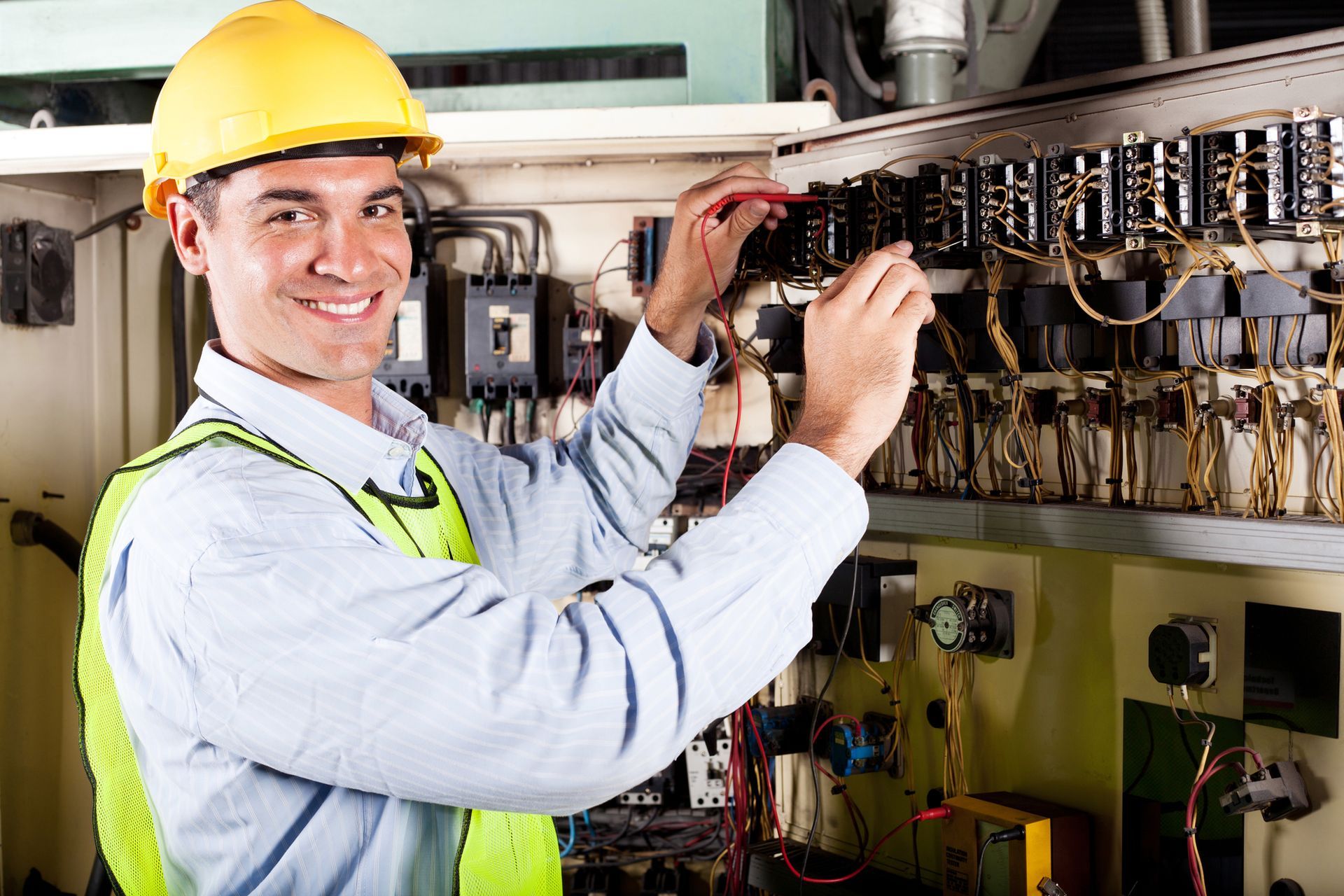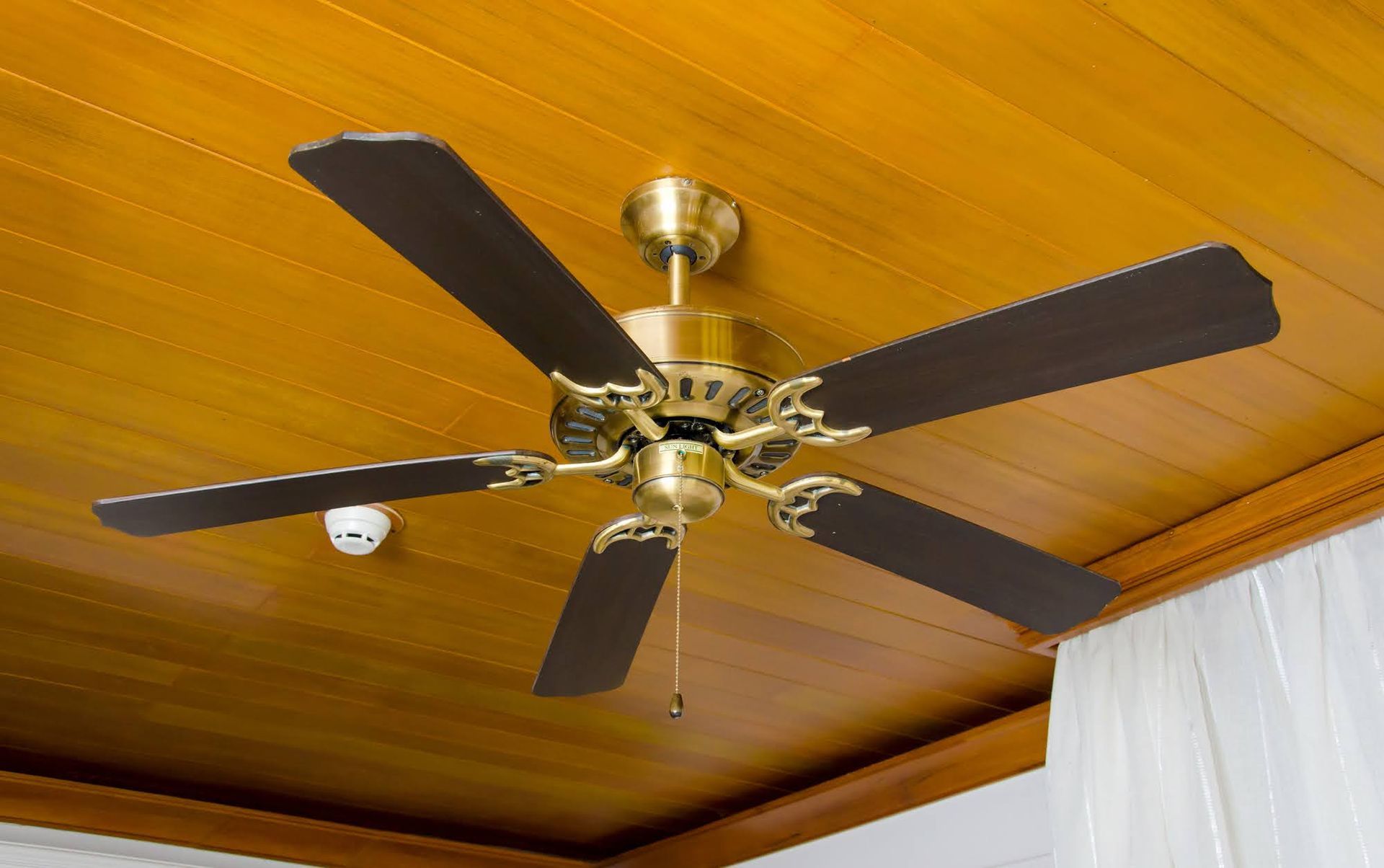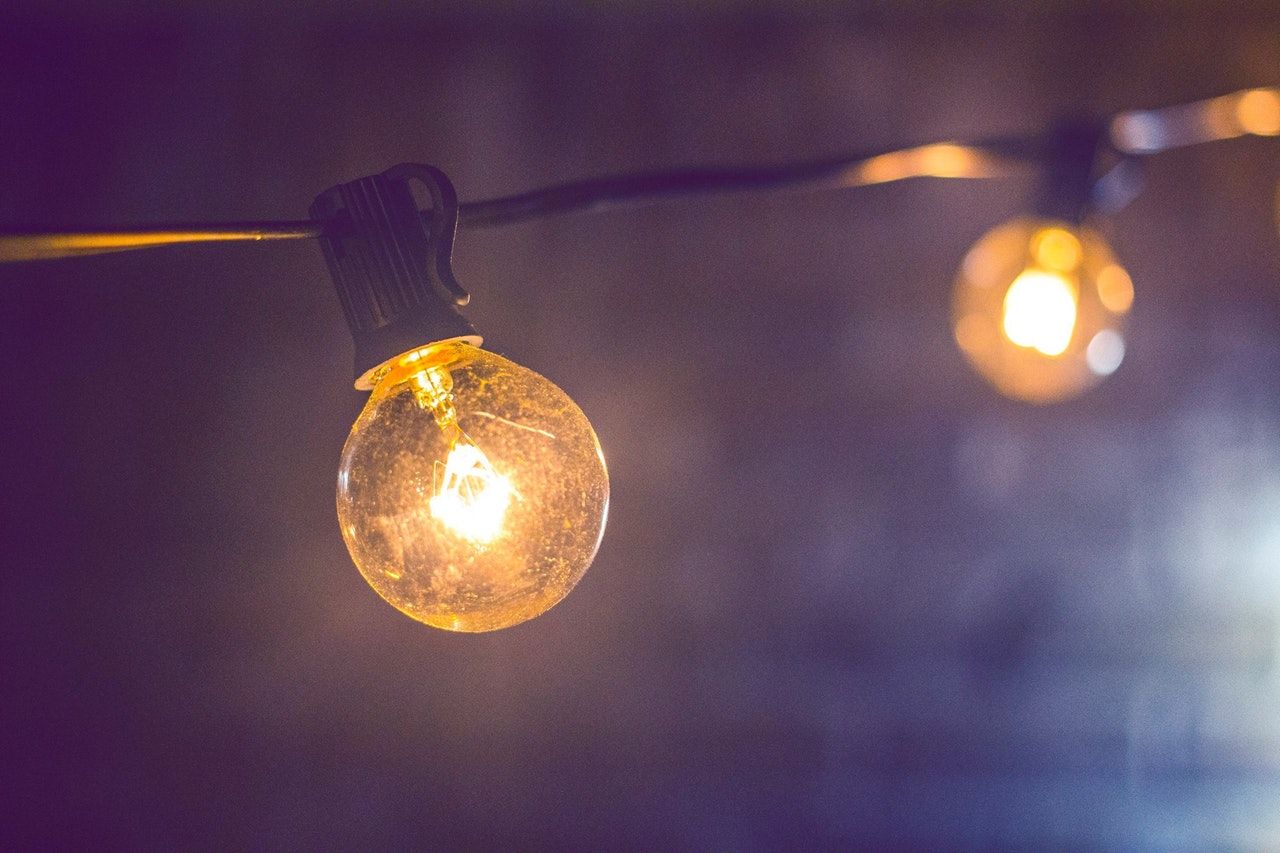3 Critical Aspects of Bathroom Electrical Wiring

Your bathroom's electrical system is one of its most critical aspects. The electrical system illuminates the bathroom and provides the power for bathroom appliances, such as the hairdryer. Below is an overview of three critical parts of a bathroom's electrical system.
1. Lighting
Most people appreciate multiple lighting fixtures in their bathrooms. For example, you may benefit from:
- A ceiling light that illuminates the whole bathroom
- Vanity lighting to help you with your self-care routines
- Lights around the mirrors in your bathroom
Bathroom light futures come in different types and functionalities. Discuss your needs with your electrical contractor to help you choose appropriate fixtures. For example, you can have:
- Light fixtures that change colors for different moods
- Dimmers you can use to set different illumination levels in the bathroom
- Recessed ceiling lights if you have a low ceiling or want a minimalist look
- Fancy lighting fixtures, such as LED strips, for an ultramodern look
Note that electrical codes, both national and local, will affect your bathroom lighting design. For example, your bathroom must have at least one ceiling-mounted light fixture. Your electrical contractor will guide you on the code requirements.
2. Outlets
You need electrical outlets for your bathroom appliances. However, take care with the outlets' placement, selection, and wiring because the bathroom is always wet. A mistake with the outlets' wiring can result in a short circuit that might cause electrical shock or fire. Below are considerations for bathroom electrical outlets.
Code Requirements
The electrical code determines the type and placement of bathroom electrical outlets. For example:
- The outlets should be on a dedicated circuit separate from the lighting circuit
- At least one outlet should have Ground Fault Circuit Interruption (GFCI) protection
- The outlet circuit must have a capacity of 20 amps
Electrical codes change with time, but a professional electrician will always know the latest code. Thus, you should always work with professional electricians.
Electrical Needs
The electrical codes prescribe your electrical outlets' minimum capacity and safety requirements. However, you can exceed the limits, depending on your needs. Evaluate the appliances you are likely to use in the bathroom and install an electrical system that can handle them. Note that simultaneous use of multiple appliances calls for high capacity circuits.
Practicality
Beyond safety and capacity, ensure that your outlets are easy and convenient to use. For example, bathroom users should reach the outlets without standing on their toes. Good spacing also allows multiple people to use the outlets at the same time.
Aesthetics
The outlets do not have to interfere with your bathroom aesthetics. You can place them out of the way, such as inside cabinets. You can also use outlets with the same colors as your bathroom walls so that the two blend.
3. Exhaust Fan
Lastly, consider an exhaust fan for your bathroom. A typical bathroom produces a lot of moisture and odors, making the bathroom stuffy and uncomfortable. Too much moisture also encourages mold growth, which is a health hazard. An exhaust fan will drive out the stale and moist air.
The electrical code may specify the minimum fan capacity for the bathroom. However, the bathroom's size dictates the actual capacity you need. The exhaust fan should move adequate air so it can remove more stale air than your bathroom generate. That way, you don't have to open the window to air the bathroom.
Don't forget to engage a professional electrician whether you want to remodel your bathroom's electrician system or install a new system in a new bathroom. Beckstoffer-Welsh Inc. can design and install your bathroom's electrical system. We have provided electrical services for over 43 years now. Contact us for a quote and enjoy our professional and safe services.


